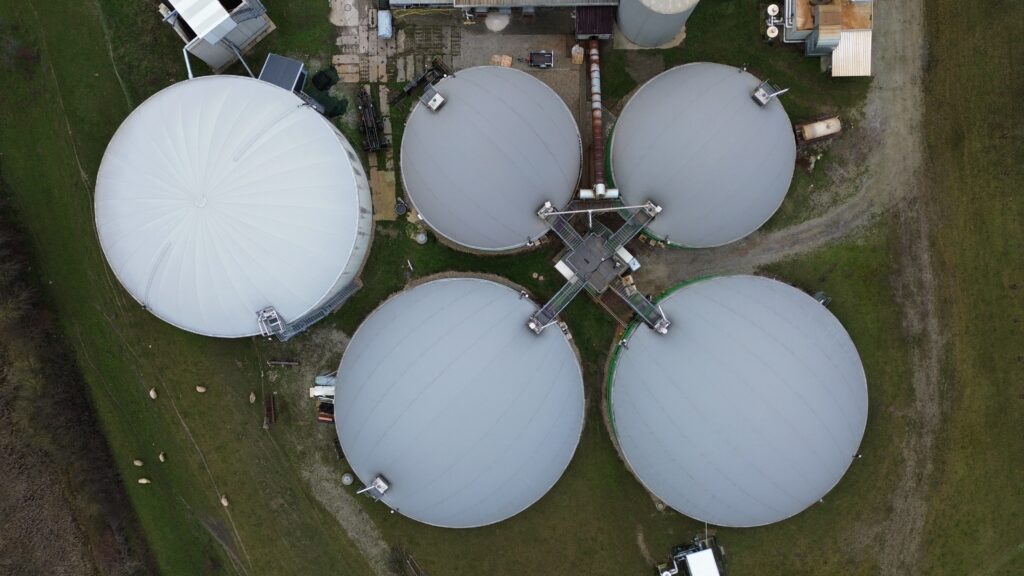The potential of Biomethane in europe
SEMPRE-BIO

The production and deployment of biomethane offers significant GHG savings with furthermore positive impacts on rural employment. GHG emissions reduction potential of biomethane is large. Biomethane typically achieves over 80% emission reduction when it replaces fossil fuels and some pathways even achieve up to 200% (through preventing methane emissions from waste).
The GHG performance of biomethane may be impacted by leakage of methane across the production process. An analysis by the European Biogas Association indicates that the overall impact of fugitive methane emissions of the European biogas sector is relatively modest and would represent between 0.75% and 3.7% of the total methane emissions, assuming a value of 1% to 5% methane leakage respectively. If the avoided emissions from using manure in anaerobic digestion are also considered, then overall the GHG savings of anaerobic digestion deployment in Europe are significant.
Biomethane is a renewable gas that is produced from organic matter, such as agricultural waste,food waste, sewage, and landfill gas, through a process called anaerobic digestion. Anaerobic digestion is a natural biological process that occurs in the absence of oxygen, where microorganisms break down organic matter and produce biogas as a byproduct.
Biomethane can be used as a direct substitute for natural gas in various applications, including heating, electricity generation, and as a fuel for vehicles. It is considered a renewable energy source because it is derived from organic waste materials that would otherwise decompose and release methane into the atmosphere, a potent greenhouse gas. By capturing and utilizing biomethane, we can reduce greenhouse gas emissions and utilize organic waste in an environmentally friendly manner. Furthermore, biomethane can be injected into the natural gas grid, allowing it to be distributed and used in existing infrastructure, such as homes, businesses, and industrial facilities. It offers a renewable and sustainable alternative to fossil fuels, contributing to a more sustainable and low-carbon energy system
Below are some key points to know about biomethane:
- Biomethane is a renewable energy source produced from organic waste materials, such as agricultural residues, food waste, and sewage sludge.
- Biomethane can be used as a direct substitute for natural gas in heating systems, electricity generation, and transportation, reducing the reliance on fossil fuels. In addition, when biomethane replaces natural gas, it avoids the extraction and transportation of fossil fuels, which results in additional GHG emissions.
- By displacing fossil fuels, biomethane can contribute to achieving national and international GHG reduction targets and commitments, helping to mitigate climate change.
A recent map [link] in May 2023 by Gas Infrastructure Europe (GIE) shows that Biomethane production has grown significantly over the last decade, with a nearly 30% increase in the number of biomethane plants since last year. The countries with the strongest growth in their biomethane production in 2021 were France (+ 2,130 GWh), Denmark (+ 1,642 GWh) and Germany (+ 1,553 GWh). This is a significant signal for the industry’s efforts to scale up production and push for greater acceleration in order to meet the 35 bcm objective specified by the European Commission in the REPowerEU plan by 2030.


This project has received funding from the European Union’s HORIZON-CL5-2021-D3-03-16 program under grant agreement No 101084297. Views and opinions expressed are however those of the author(s) only and do not necessarily reflect those of the European Union or the European Commission. Neither the European Union nor the granting authority can be held responsible for them.

